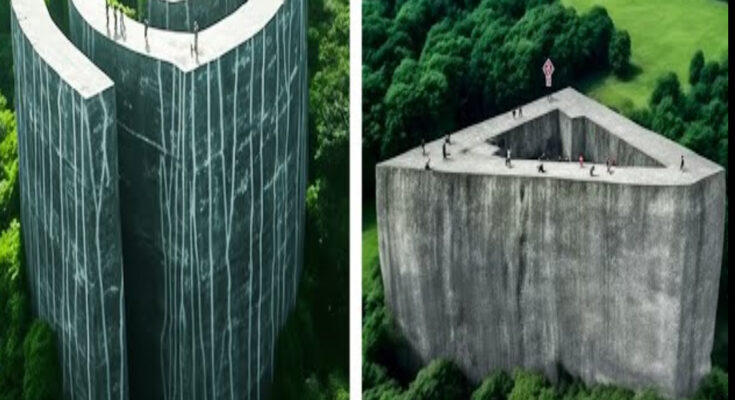The discovery of mysterious prehistoric structures in China often unveils ancient secrets that intrigue archaeologists and historians alike. These structures, ranging from Neolithic settlements to ancient tombs and ritual sites, provide invaluable insights into early human civilization in the region.
One significant example is the discovery of the Hongshan culture sites in northeastern China, known for their intricate jade artifacts and stone statues dating back over 5,000 years. These sites suggest a sophisticated society with advanced craftsmanship and spiritual beliefs.
Another fascinating find is the Liangzhu culture in the Yangtze River Delta, where large-scale earthen structures and complex burial sites reveal social organization and ceremonial practices dating back around 5,000 years. These discoveries challenge previous assumptions about the complexity of early Chinese societies.
Moreover, the ongoing excavation of the Sanxingdui site in Sichuan Province has unearthed monumental bronze masks, ceremonial vessels, and a mysterious civilization that thrived over 3,000 years ago. This discovery has sparked debates about the origins of Chinese civilization and the extent of cultural exchange during ancient times.
Overall, these prehistoric structures in China continue to unravel ancient secrets, shedding light on the diverse cultures, technological achievements, and spiritual practices of early societies in the region.
The discovery of mysterious prehistoric structures in China has indeed captivated archaeologists and historians, offering profound insights into early human civilization in the region. These findings span various periods and regions, each contributing uniquely to our understanding of ancient Chinese societies.
One remarkable example is the Hongshan culture sites in northeastern China. Dating back over 5,000 years, these sites are renowned for their exquisite jade artifacts and stone statues. These discoveries suggest a society that possessed advanced craftsmanship and likely had intricate spiritual beliefs and cultural practices.
Moving southward to the Yangtze River Delta, the Liangzhu culture provides another fascinating glimpse into ancient Chinese civilization. With its large-scale earthen structures and complex burial sites dating back around 5,000 years, Liangzhu culture challenges previous assumptions about the sophistication and social organization of early societies in this region.
In Sichuan Province, the ongoing excavation of the Sanxingdui site has revealed a mysterious civilization that thrived over 3,000 years ago. Discoveries here include monumental bronze masks, ceremonial vessels, and other artifacts that suggest a highly developed culture distinct from those previously known in ancient China. The findings at Sanxingdui have sparked debates about the origins of Chinese civilization and the extent of cultural exchange during that time period.
These prehistoric structures not only shed light on the technological achievements and artistic skills of early Chinese societies but also provide valuable insights into their spiritual and social practices. They underscore the diversity and richness of ancient cultures in China and their contributions to the broader tapestry of human history. As archaeologists continue to uncover more about these sites, they deepen our understanding of how these ancient societies lived, interacted, and evolved over millennia.



